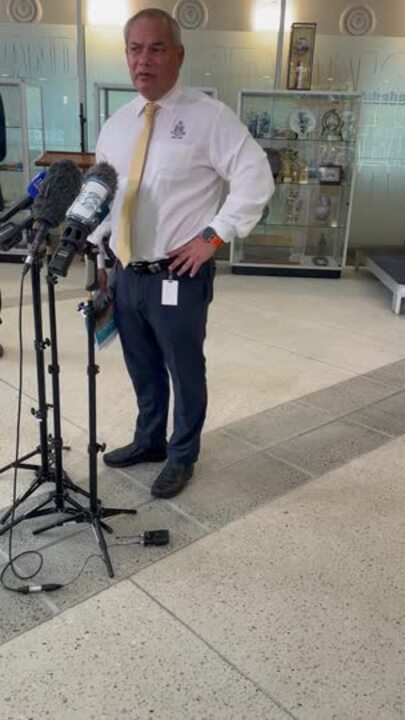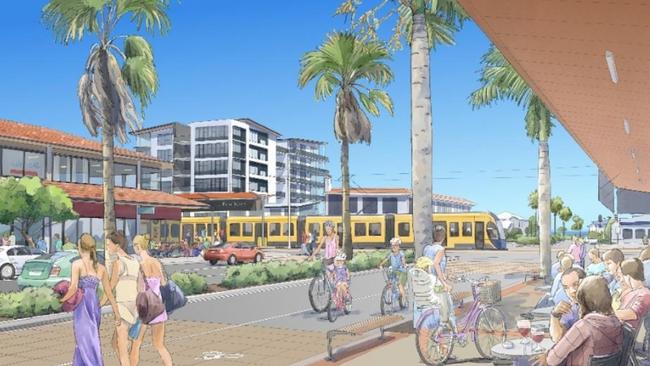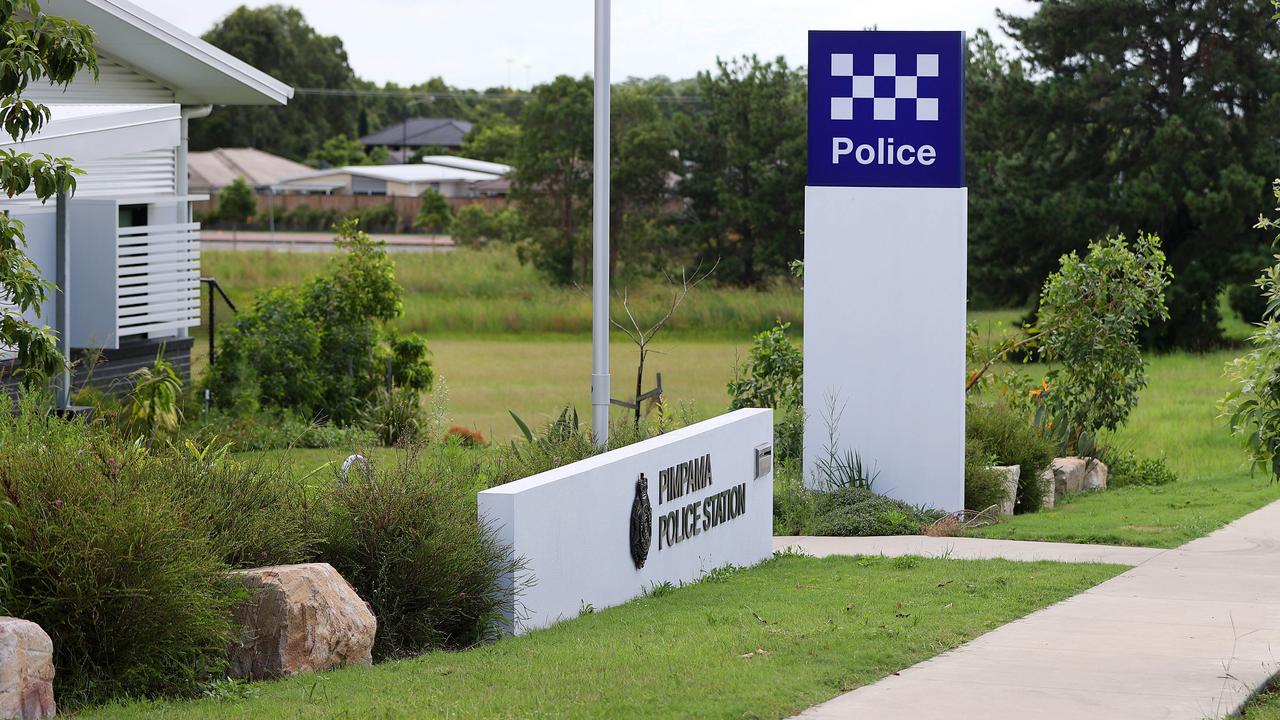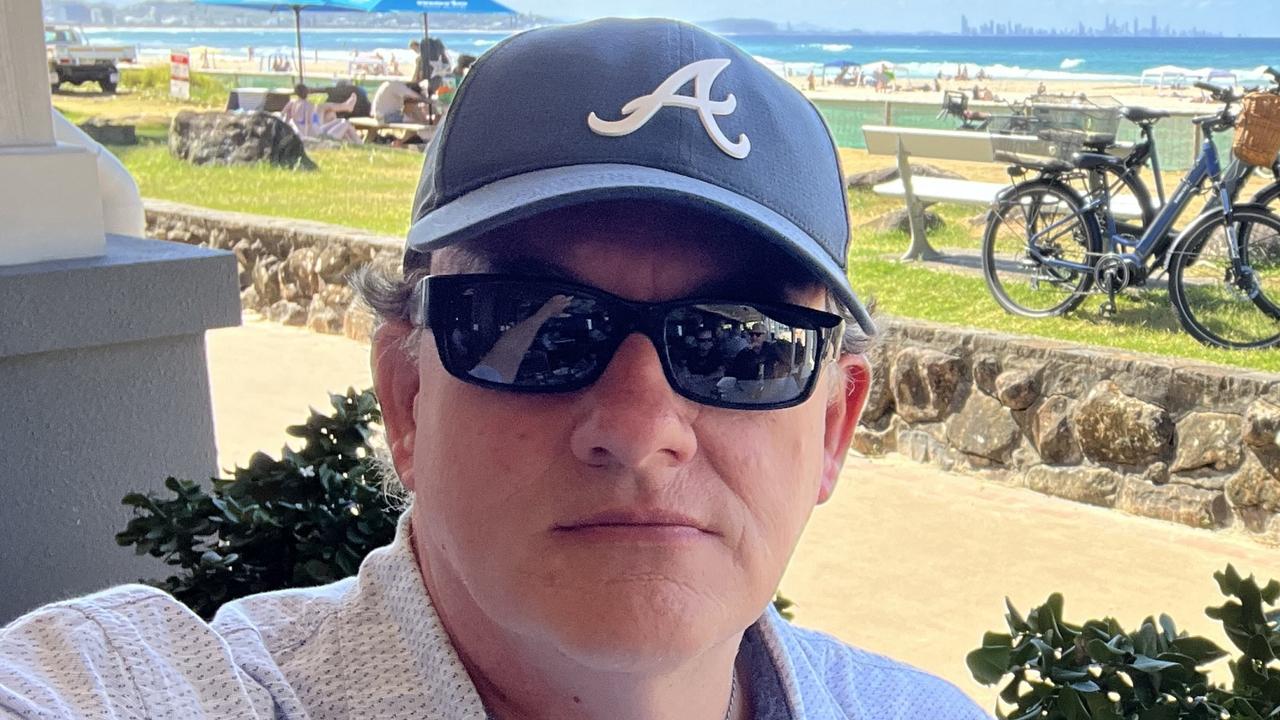Special report: Buses will resume more properties and parking spots in Palm Beach than trams
An investigation has found buses from Burleigh to Coolangatta will resume more properties and leave less parking than a tram corridor.

Gold Coast
Don't miss out on the headlines from Gold Coast. Followed categories will be added to My News.
A rapid bus transit system from Burleigh to Coolangatta will resume more properties and leave less parking than a tram corridor, an investigation has found.
The stunning findings are in the 400-page Preliminary Evaluation-Burleigh Heads to Coolangatta Public Transport study prepared for the former Labor Government.
The Crisafulli Government has publicly released the full document - apart from minor commercial redactions - after it was completed in April 2023.
For light rail Stage Four, the analysis on property impacts from the trams are listed as 78 full resumptions and 157 partial - a total of 235.
For the dedicated bus lanes options, the report highlights 78 full property lot impacts, 168 partial property lot impacts - although those could be as high as 237.
This is explained by the space needed for loading and unloading bays for buses, and keeping a future corridor for a possible conversion to trams.

Mayor Tom Tate, who supports the tram option, said he was not surprised by the data because “buses curve around bends and do not travel point to point on dedicated tracks”.
“It is important that the number of property resumptions (full and partial) under a dedicated lane, rapid bus system is out there for discussion,” he said.
“I am intrigued these figures were not referred to by the Government in media statements even though the property impacts of light rail were raised.
“It puts an end to the property related arguments. Whatever we do is going to be difficult and that is just the reality of a major public transport project like this. There are no easy answers but as the Premier has said, ‘doing nothing is not an option’.”

The findings on car parking for light rail also show a bigger impact by buses.
Trams will see a drop from 2074 existing spaces to 1032 remaining. For a designated bus lane, that decrease will be lower at 957 remaining.
“With the parking, as I have said before and as the Design Development Report makes clear, there are park and ride options for State and council-owned land along the route and of course these will be deployed once we know the preferred public transport solution,” Mr Tate said.
“The loss of parking has always been a ‘red herring’ in my mind but once again, you have to ask why the Government, in their media statements, referred to the loss of parking under a light rail option but were silent on the loss of parking under the rapid bus option.
“We need to be completely honest with the community when we are asking them for feedback or we will obviously get biased results.”
The report says bus rapid transport (BRT) was ruled out for detailed examination because:
* three stages of light rail would be operating and new technology required separate contracting, operating and maintenance requirements.
* extra development costs for a standalone BRT depot and operating system.
* additional land acquisition to accommodate the buses.
* significant capital cost to build the bus pavement for the length of the corridor and turnaround infrastructure.
* extra forced interchanges at Burleigh Heads with more than 11,000 transfers a day by 2041.
* buses would be near capacity by 2041 while trams had room for ongoing growth.
* light rail being superior from a customer experience, and preferred right through early stages.

Three options were further considered - dedicated light rail, bus lanes on the highway without bridge widening and enhanced bus services.
Light rail was costed - at that stage - at $2.4 billion and delivered $786 million in economic benefits.
Buses costed $1.8 billion and gave a return of $680 million. All options provided a 30-minute travel time from Coolangatta to Burleigh.
The upfront costs and ongoing costs for light rail was forecast to be at least $5.2 billion. In April last year, the Bulletin revealed the total cost could be as high as $7.6 billion.
Mr Tate said he was not shocked by the findings. The City has been supportive in funding a business case with the State for the trams.
“I wasn’t surprised. The Design Development Report is a significant technical study that incorporates detailed traffic modelling,” he said.

“The technical staff at TMR are experts at this sort of analysis and they have consistently said that continuation of the light rail through to the airport and Coolangatta is best option all around.”
Asked if he was concerned if the Government proceeds with a bus option giving the costs of bus-tram interchanges, Mr Tate replied: “These are not new concerns. What I want is the best outcome for the Gold Coast - its residents and visitors. I promised the Premier I would be open minded and I intend to stick to that promise but to date, I have no new information and alternative public transport solutions that have more appeal than the light rail.”

More Coverage
Originally published as Special report: Buses will resume more properties and parking spots in Palm Beach than trams





